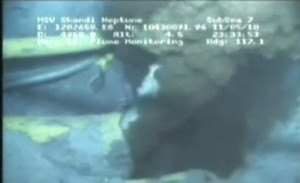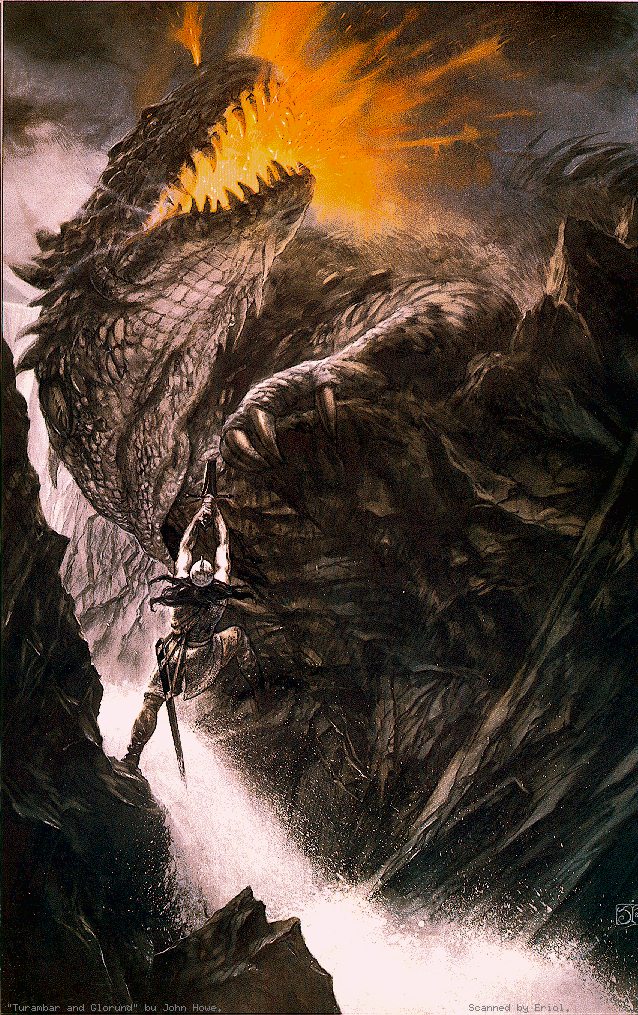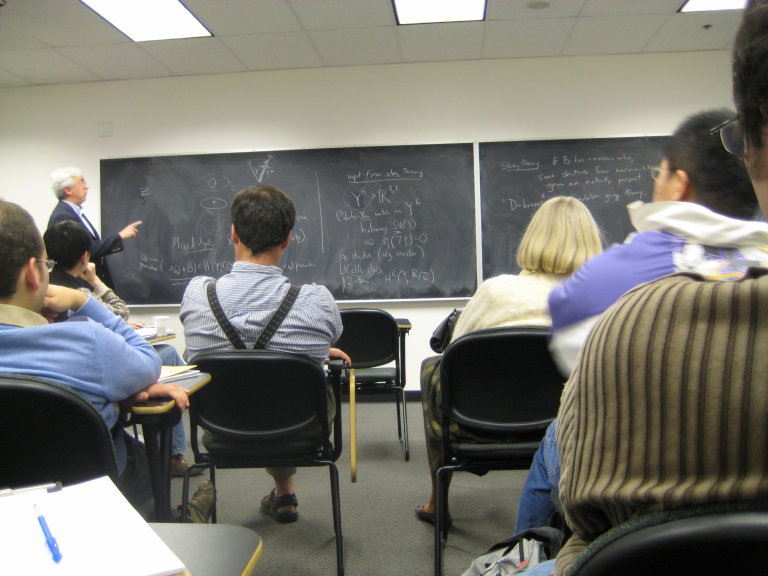The Runaway Black Hole
In recent years there was all the nonsense about how scientists were going to accidentally make a black hole with the Large Hadron Collider that would runaway out of control…. we would not be able to stop it. We scientists would have tampered with the murky depths of Nature and awoken a monster we could not control. Naughty scientists that we are. The LHC has been colliding away at unprecedented energies, and last time I checked (you can too – click here) we’re ok.
 I just realized something. Now we do have a runaway black hole! But it was created by naughty engineers, tampering with the murky depths of Nature and awakening a monster they cannot control. That gushing well 5000 feet below in the gulf of Mexico is a black hole […] Click to continue reading this post
I just realized something. Now we do have a runaway black hole! But it was created by naughty engineers, tampering with the murky depths of Nature and awakening a monster they cannot control. That gushing well 5000 feet below in the gulf of Mexico is a black hole […] Click to continue reading this post




















